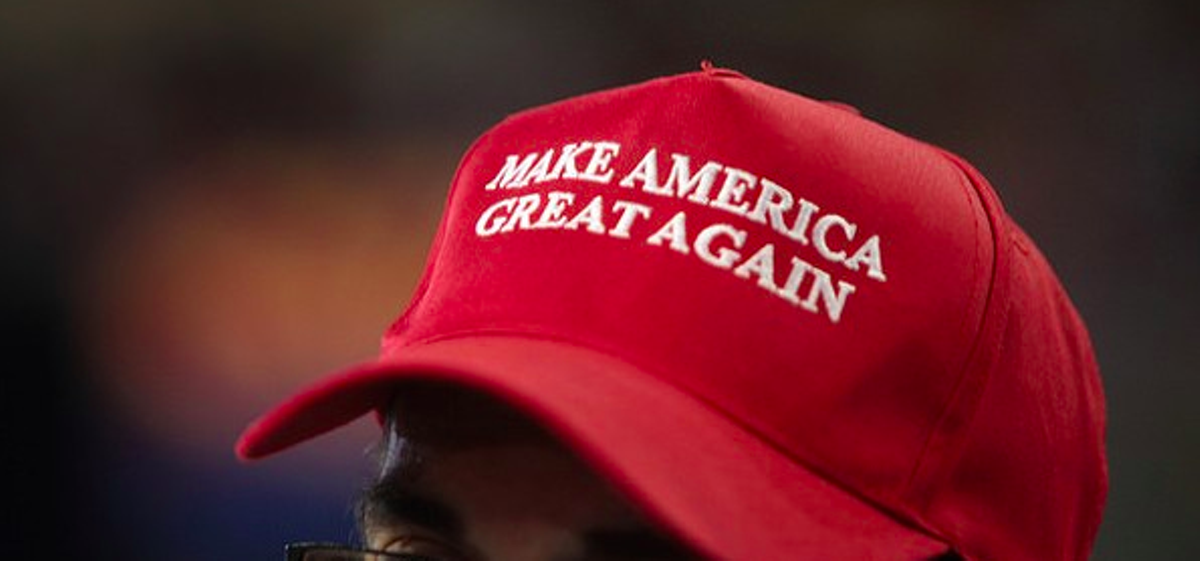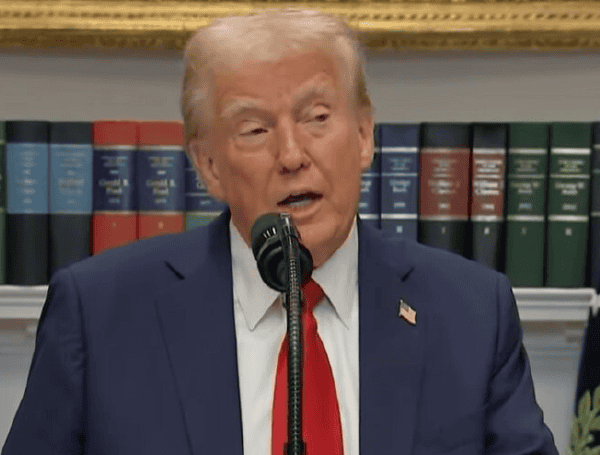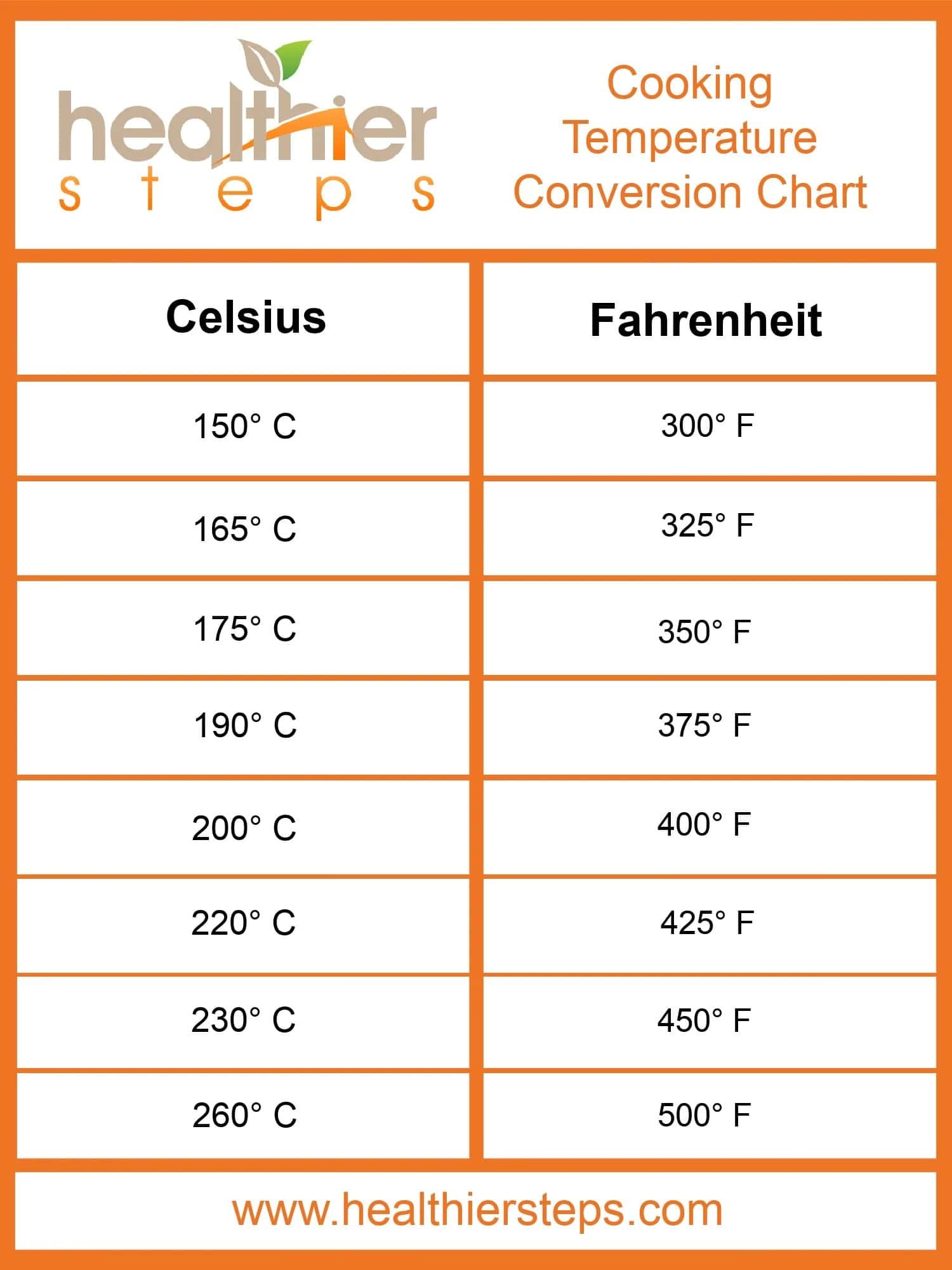Trump Tariffs: How Toyota Feels The Biggest Pinch

Table of Contents
Increased Production Costs for Toyota
The Trump tariffs directly increased the cost of imported parts crucial to Toyota's vehicle manufacturing process both in the US and globally. These import tariffs, particularly on steel and aluminum, significantly impacted the company's bottom line.
- Increased cost of steel and aluminum imports: Steel and aluminum are fundamental components in vehicle construction. The tariffs made these raw materials considerably more expensive for Toyota, directly impacting the cost of manufacturing.
- Higher prices for electronic components and other parts sourced from tariff-affected countries: Many electronic components and other essential parts used in Toyota vehicles are sourced from countries that were subject to tariffs. This increased the cost of these components, further squeezing profit margins.
- Impact on the price competitiveness of Toyota vehicles in the global market: The increased production costs made Toyota vehicles less price-competitive compared to rivals who sourced materials from unaffected regions. This pressure forced difficult decisions regarding pricing and profitability.
- Specific examples: While precise figures are often kept confidential, reports suggest that the tariffs significantly increased the cost of certain key components such as specific types of steel alloys used in the chassis and certain electronic modules.
This surge in production costs significantly impacted Toyota's profit margins, forcing the company to explore cost-cutting measures and potentially affecting its investment strategies. Reports from the time indicated that Toyota lobbied extensively against the tariffs and explored options to mitigate the impact on its operations.
Shifting Production Strategies
Faced with these increased costs, Toyota was forced to adapt its manufacturing and sourcing strategies. The company implemented several changes to lessen the impact of the Trump tariffs.
- Reshoring of production or increased domestic sourcing of components: Toyota actively sought to source more components domestically, reducing reliance on imports from tariff-affected regions. This involved a shift in supply chains and potentially increased investment in domestic suppliers.
- Negotiating with suppliers to absorb some of the increased costs: Toyota engaged in negotiations with its suppliers to share the burden of the increased costs, attempting to lessen the immediate impact on its own profit margins.
- Exploring alternative supply chains to bypass tariff-affected regions: The company actively sought alternative suppliers in regions not subject to the tariffs, diversifying its sourcing to minimize the risk of future disruptions.
- Investment in automation to improve efficiency and reduce costs: Toyota also invested in automation and technological advancements to improve efficiency and reduce labor costs, partially offsetting the effects of higher material prices.
The effectiveness of these strategies varied. While some helped mitigate the immediate impact, the long-term implications for Toyota's global supply chain and manufacturing footprint are still being evaluated. The need for flexibility and adaptability in global sourcing became a key strategic imperative.
Impact on Toyota's Market Share and Sales
The Trump tariffs undeniably affected Toyota's sales and market share. Analyzing sales data pre- and post-tariff implementation reveals a noticeable impact.
- Analysis of sales data before and after the implementation of tariffs: While specific sales data requires in-depth research, reports indicated a slowdown in sales growth for Toyota following the implementation of the tariffs, particularly in markets heavily impacted by the increased prices.
- Comparison with competitor performance to highlight relative impact: Comparing Toyota's performance with that of competitors who were less affected by the tariffs provided a clearer picture of the specific impact on the company.
- Discussion of potential price increases passed on to consumers: To some extent, Toyota passed the increased costs onto consumers, leading to higher vehicle prices and potentially affecting demand.
- Mention any shifts in consumer demand due to pricing changes: Increased prices potentially led to shifts in consumer demand, with some buyers opting for cheaper alternatives or delaying purchases.
The overall financial performance of Toyota during this period reflected the challenges posed by the tariffs, even with the company’s strategic adjustments. The situation underscored the significant vulnerability of global corporations to shifts in international trade policy.
Long-Term Implications for Toyota and the Global Automotive Industry
The Trump tariffs left a lasting impact on Toyota's business model and the broader automotive industry. The uncertainty created by these protectionist measures had far-reaching consequences.
- Increased uncertainty in global trade relations: The tariffs created a climate of uncertainty regarding future trade policies, making long-term planning and investment decisions more challenging for global corporations.
- The long-term impact on supply chains and manufacturing locations: Companies like Toyota were forced to rethink their supply chain strategies, leading to potentially significant shifts in manufacturing locations and supplier relationships.
- Potential for future trade disputes and their implications for Toyota: The experience highlighted the vulnerability of global businesses to future trade disputes and the need for robust risk management strategies.
- Changes in the geopolitical landscape and their effects on international trade: The tariffs were part of broader shifts in the geopolitical landscape, which have had significant and lasting effects on international trade.
For multinational corporations like Toyota, navigating a complex global trade environment requires agile strategies, diversification, and a deep understanding of geopolitical dynamics. The Trump tariffs served as a stark lesson in the importance of these factors.
Conclusion: Trump Tariffs: A Lasting Impact on Toyota
The Trump tariffs presented significant financial and operational challenges for Toyota. The increased production costs, the necessity of shifting production strategies, and the impact on market share all underscore the profound effect of these trade policies. The experience highlighted the vulnerability of even the largest global corporations to unforeseen shifts in international trade relations. The long-term implications extend beyond Toyota, influencing the broader automotive industry and shaping the global trade landscape. Understanding the long-term effects of Trump tariffs on Toyota and other global automakers requires ongoing analysis. Continue exploring the impact of global trade policies on the automotive industry by [link to further resources/articles].

Featured Posts
-
 Why Aaron Judges Push Ups Hint At A 2025 Target
May 12, 2025
Why Aaron Judges Push Ups Hint At A 2025 Target
May 12, 2025 -
 Payton Pritchards Sixth Man Of The Year Campaign
May 12, 2025
Payton Pritchards Sixth Man Of The Year Campaign
May 12, 2025 -
 Fabers Decision Halting Refugee Excursions And Holiday Camp Programs
May 12, 2025
Fabers Decision Halting Refugee Excursions And Holiday Camp Programs
May 12, 2025 -
 Thomas Muellers Bayern Legacy His Most Frequent Xi Teammates
May 12, 2025
Thomas Muellers Bayern Legacy His Most Frequent Xi Teammates
May 12, 2025 -
 Loanees Bid For Success With Celtic Latest Updates
May 12, 2025
Loanees Bid For Success With Celtic Latest Updates
May 12, 2025
Latest Posts
-
 Dangerous Heatwave Record Temperatures Hit La And Orange Counties
May 13, 2025
Dangerous Heatwave Record Temperatures Hit La And Orange Counties
May 13, 2025 -
 Record High Temperatures In La And Orange Counties Health Risks And Cooling Centers
May 13, 2025
Record High Temperatures In La And Orange Counties Health Risks And Cooling Centers
May 13, 2025 -
 Extreme Heat In Indore 40 Celsius Temperature Triggers Health Warning
May 13, 2025
Extreme Heat In Indore 40 Celsius Temperature Triggers Health Warning
May 13, 2025 -
 La And Orange Counties Sizzle Under Record Breaking Heat Extreme Temperatures And Safety Measures
May 13, 2025
La And Orange Counties Sizzle Under Record Breaking Heat Extreme Temperatures And Safety Measures
May 13, 2025 -
 Indore Reaches 40 C Heatwave Advisory And Precautions To Follow
May 13, 2025
Indore Reaches 40 C Heatwave Advisory And Precautions To Follow
May 13, 2025
